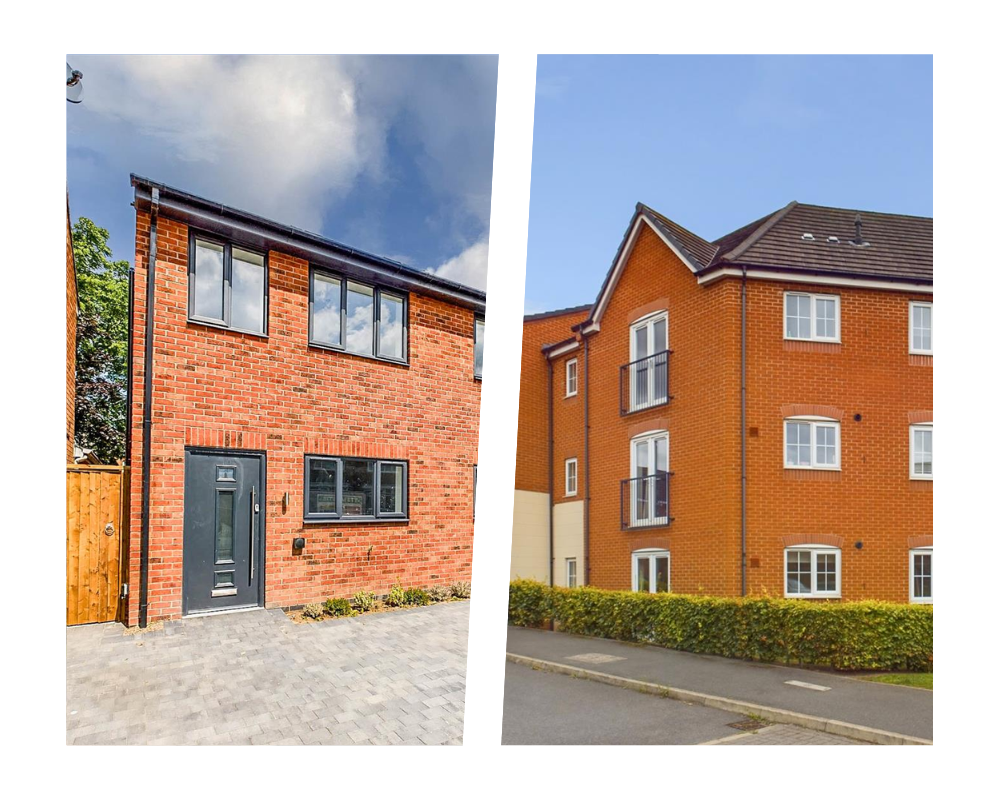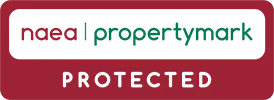Navigating the property market can be tricky, especially with all the jargon. Whether you’re new to buying a home or a seasoned homeowner, it’s important to understand key terms like freehold and leasehold.
Here’s our straightforward guide to these two types of property ownership.
What is Freehold?
With a freehold property, you own both the building and the land it sits on, for as long as you wish, until you decide to sell. In Scotland, most properties are freehold, though some new-builds and shared ownership properties may differ. Always check the property listing for ownership details.
What is Leasehold?
Leasehold means you own the property itself, but not the land it’s built on. This is common with apartments. You lease the property from the freeholder who owns the land. Leasehold properties are generally less expensive but come with a time limit on ownership. Once the lease expires, the property reverts to the freeholder.
Key differences
Freehold properties are typically more expensive since you own both the property and the land indefinitely. You have full control over changes to the property. Leasehold properties are more affordable but come with restrictions; any changes that affect the building’s exterior, like extensions, require the freeholder’s permission. Additionally, leasehold properties often involve regular service fees for maintaining communal areas.
Which is right for you?
Choosing between freehold and leasehold depends on your situation. Freehold suits those ready for full property ownership, while leasehold offers a more affordable entry point, particularly for apartments.




